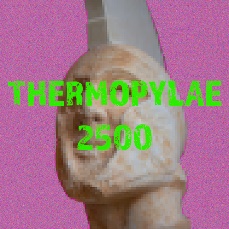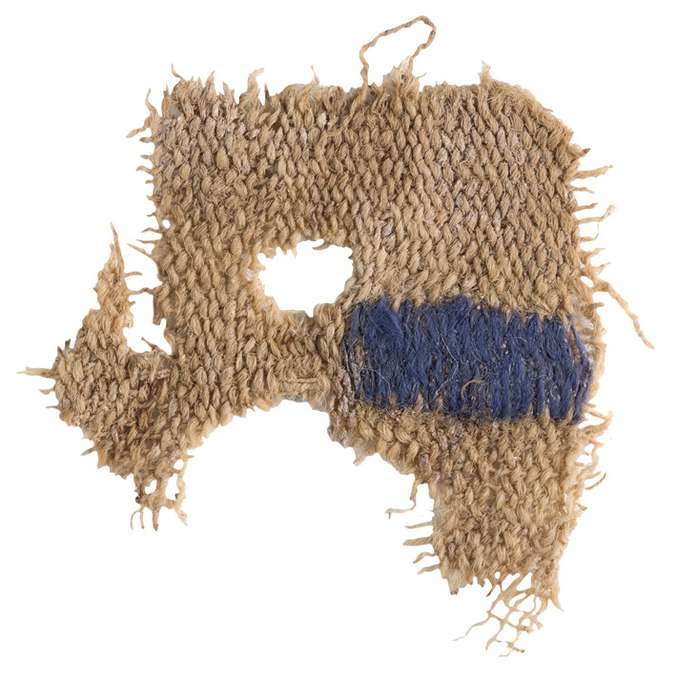
Author: Bunny Waring
Date: 14th May 2021.
Prof. Katherine Harloe has been selected to take part in an exhibition displayed in Trinity College’s Library. This project, College Fellow Katherine Ibbett, aims to highlight the work of jurists and scholars of colour from the UK and beyond. The scholars highlighted were voted for by Trinity’s community and centred around those whose work they want to introduce to broader audiences. They include:

- Professor of international law Dapo Akande
- Classical scholar Katherine Harloe
- Poet and literary critic Tsitsi Ell Jaji
- Physical chemist Carla Pérez-Martínez
- French scholar Debarati Sanyal
- Mathematician Pranav Singh
- Barrister Alexandra Wilson.
- And more!
The portraits were taken by Ben Peter Catchpole who has been working remotely with the subjects via Zoom, enabling a ‘fuzzily informal‘ feel that ‘suggest the real warmth of each encounter‘.
In a recent blog post on Trinity College’s website Organiser Katherine Ibbett says: ‘This exhibition signals a firm commitment to diversity in representation at Trinity – in the pictures we show in public areas, in our reading lists, and in the decisions we make about the future of our academic community. Some of our subjects already have a Trinity connection, and we plan to invite others to spend time here at some point in the future.’
With Photographer Ben Peter Catchpole adding: ‘This project was certainly different to anything I’ve done before. Firstly it was during what has been a difficult time for all of us. To photograph someone, often miles away, in various places around the world without even holding a camera, felt like such a challenge. It isn’t necessarily an original idea to take photos remotely, but I had to decide on the best methods while retaining consistency. It was a pleasure photographing every one of them. Shining a light on diversity within academia is very important, so I’m delighted to participate in the project.’
The photographs will be on display in the Lawns Pavilion Reading Room, before moving to the main library upon its reopening. The portraits are also available on Ben Peter Catchpole’s website.



 We would like to bring to your attention a fully-funded PhD studentship:
We would like to bring to your attention a fully-funded PhD studentship:




